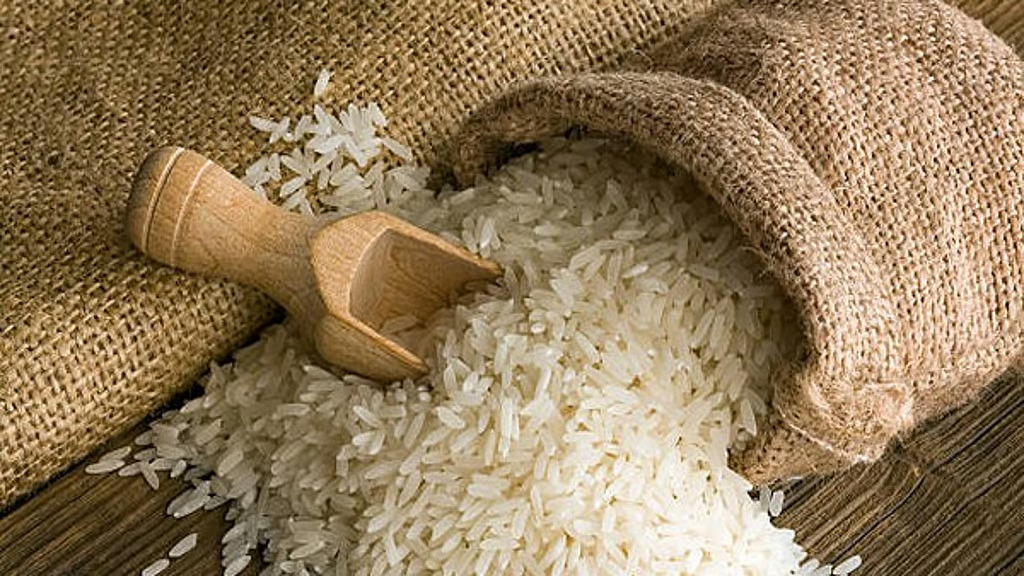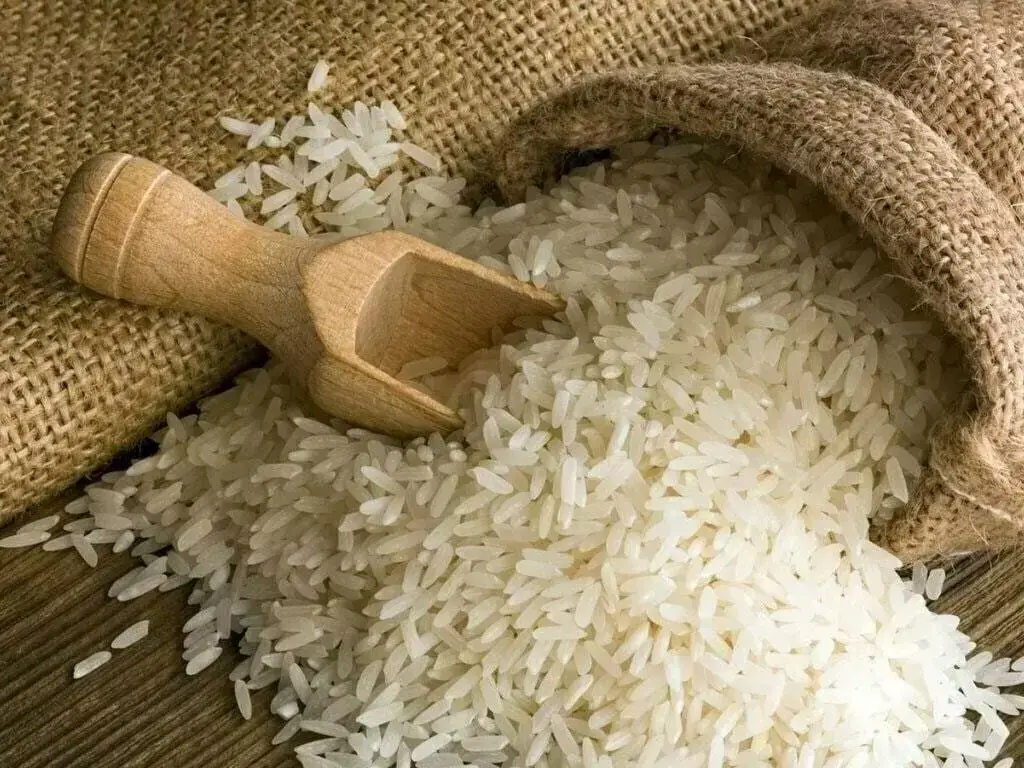Tags
Geopolitical concerns spark fears of decline in Basmati cultivation in Punjab
Exports may suffer due to two key geopolitical issues: the proposed 26% US tariff on Indian goods, currently on hold, and rising tension between Iran and the US over Iran’s nuclear development program.

Harpreet Bajwa
CHANDIGARH: There are concerns that the area under Basmati rice cultivation in Punjab the country’s largest producer of the GI-tagged aromatic variety, may shrink further. This native crop, which accounts for 40% of India’s total Basmati exports, is at risk as farmers consider shifting back to non-Basmati paddy due to fears of a further drop in Basmati prices this year.
Exports may take a hit due to two major geopolitical developments: first, the proposed 26% tariff by the United States on Indian exports, which is currently on hold; and second, the escalating tensions between Iran and the US over Iran’s nuclear development program.
As Basmati is less water-intensive crop than paddy (Non-Basmati) and its cycle is also one month shorter than paddy. It has shown a decrease from 7.63 lakh hectares in 2015-16 to 6.39 hectors in 2024-25.
The prices of Basmati rice (including 1121 and other varieties) dropped from Rs 4,500 per quintal in 2022-23 to Rs 3,500-3,600 per quintal in 2023-24. Exporters now fear that due to the geopolitical situation, prices could fall further to around Rs 3,000 per quintal. As a result, farmers may choose not to plant this premium aromatic variety and instead revert to growing regular paddy, which has a Minimum Support Price (MSP) of just over Rs 2,400 per quintal this year. As per the Punjab agriculture department, 1509, 1121, 1718 basmati varieties are grown over 80 per cent of the area in the state and it fetches lower price.
The 1121 basmati, which is best among the premium varieties, gets a higher price. While the (1401 PUSA variety) grew in about five to six per cent of total area. The milling capacity of Basamti rice in the state was around 40 lakh metric tons as of now which has increased in last four years from 25 lakh LMT as the number of mills is now 210 as compared to 80 earlier.
Taking with the TNIE, Ranjit Singh Jossan Vice President of Basmati Rice Miller and Exporter Association, says, “With total production of 40 per cent production of basmati Punjab across the country the state is the highest producer followed by Uttar Pradesh, Haryana and Rajasthan, as 70 per of the crop which is export we procure from Punjab and rest of these other states”.
“But now due to the global scenario both 26 per cent tariffs leveled by US, which are on hold as of now for 90 days and Iran-US conflict. We suspect that the basmati exports might drop as the farmers are likely not get the price of their producer as the prices have been dropping every year and thus they might switch back to growing non-basmati paddy,’’he added.
“A key area of concern is Iran, a traditional and consistent buyer of Indian Basmati rice. Despite enduring years of global sanctions, Iran has annually imported over 800,000 metric tons of Basmati from India, making up more than 15 per cent of total exports in this category from the country. However, rising tensions between Iran and the United States over nuclear development programs have triggered alarm bells across the rice exporters. If the US-Iran conflict escalates, it could seriously disrupt our Basmati trade with Iran”, he claimed.
“It’s not just the fear of sanctions—but the growing uncertainty surrounding payment channels and shipping routes that is most worrying. Further compounding the challenges is a recent move by the United States, which has proposed a 26 per cent tariff on Indian goods, including Basmati rice. Although temporarily deferred for 90 days, the window for resolution is slim. The US. imported nearly 3 lakh metric tons of Indian Basmati last year, valued at approximately $350 million. Any further escalation or implementation of tariffs could deliver a significant blow to Indian exporters,’’ he said.
At present, Saudi Arabia, Iran, and Iraq are the top three destinations for Indian Basmati, importing 961,000, 644,000, and 702,000 metric tons, respectively. Together with the US., these nations are the backbone of Basmati export volume, which totals around 2.5 million metric tons or 45 per cent of total rice exports.
He further said that over the past several years, Pakistan has strengthened its grip on commercial land in Iran amid India’s export constraints due to geographical location, banking access, which has provided a large market to Pakistani exporters.
“In the past few years, India’s basmati exports to Iran have been struggling due to fluctuations in payment terms and regulatory hurdles like Minimum Export Price (MEP). These complications have allowed Pakistan to seize the opportunity, offering Iran a more accessible and cost-effective option. Due to geographical proximity, low freight costs, and smooth and flexible banking channels, Pakistan has seen a significant increase in its rice exports to Iran,’’ he claimed.
“Indian exporters are cautiously optimistic. Recent diplomatic talks have signaled a possible revival of the Joint Comprehensive Plan of Action (JCPOA), which could ease financial sanctions on Iran, boost its purchasing power, and restore cordial trade relations with India,” said Jossan.
He said that the union government should intervene in Iran’s ongoing negotiations with the US to push for agricultural trade concessions, especially given the country’s strategic investment in the Chabahar port in Iran.
https://www.newindianexpress.com/nation/2025/Apr/16/geopolitical-concerns-spark-fears-of-decline-in-basmati-cultivation-in-punjabPublished Date: April 17, 2025






